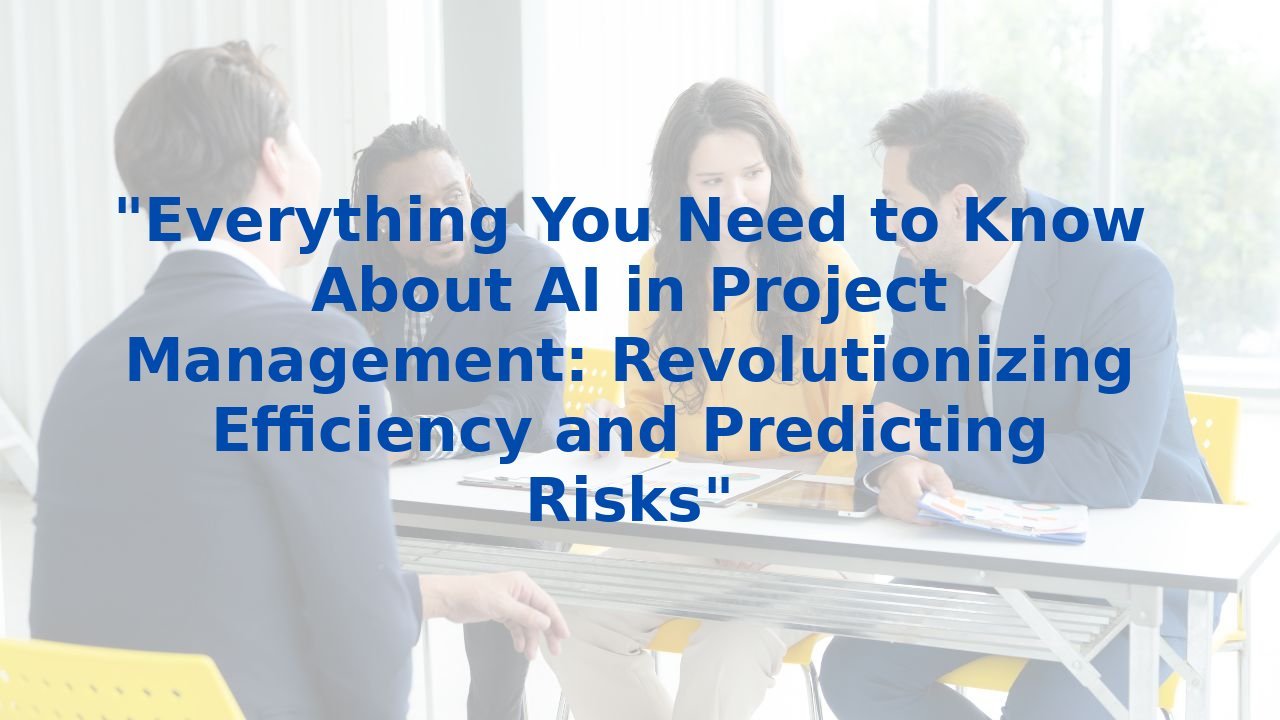How To Embrace Your Passion for Education and Transform Your Teaching Journey
How To Embrace Your Passion for Education and Transform Your Teaching Journey
In a world that continuously evolves, the sphere of education stands at the forefront of innovation and transformation. As passionate educators, it’s essential to embrace the tools and methodologies that can optimize our teaching journey. One such powerful ally is artificial intelligence (AI). While many think of AI merely as a futuristic concept, its applications in education can redefine the way we teach, learn, and grow within our spaces.
Understanding the Landscape of AI in Education
Before we plunge into the practical applications of AI, let's consider our current teaching practices. Whether you’re an educator in a classroom, at a training center, or in higher education, there are core processes evident in the teaching landscape—lesson planning, student assessments, curriculum design, and communication with learners. AI tools can enhance these processes significantly.
Automating Routine Tasks
Imagine walking into your classroom and knowing that your lesson plans have been optimized for student engagement, or that your administrative tasks—like grading assignments and scheduling meetings—are handled automatically. AI has a unique capability to automate repetitive tasks like tracking attendance, grading exams, and managing lesson schedules. This not only reduces the chances of human error but liberates valuable time for educators to channel their energies into what truly matters: inspiring students to unleash their potential.
Enhancing Student Learning Experiences
One of the magical aspects of AI is its ability to personalize learning experiences. AI can analyze student performance data, adapt to each learner's needs, and offer customized learning paths. This means that students who grasp concepts quickly can move ahead while those needing additional support receive targeted resources. As educators, this shifts the focus from rigid, one-size-fits-all teaching to a more tailored approach that meets each student where they are.
Process Optimization for Curriculum Design
Curriculum design can often feel daunting, but AI offers a solution. Leveraging AI analytics allows educators to review the effectiveness of their teaching materials and strategies. It highlights which lessons resonate with students and which may need adjustment. Adapting and refining your curriculum based on real-time feedback fosters a culture of continuous improvement—one where both students and teachers thrive.
Quality Control in Education
Maintaining high educational standards is crucial. AI can assist in quality control by taking a data-driven approach to monitor learning outcomes. By assessing student performance metrics against expected benchmarks, educators can identify areas needing improvement long before they become problematic, safeguarding the integrity of educational experience and outcomes.
Risk Management Through Data-Driven Insights
The vast amount of data generated in educational settings can often be overwhelming. However, AI’s analytical capabilities empower educators to predict trends, assess risks, and understand potential outcomes. By analyzing patterns within data—from attendance trends to assessment performances—educators are better equipped to make informed decisions that benefit students' learning journeys.
Transforming Employee Training for AI Integration
The integration of AI in education isn’t just about deploying new technology; it also requires rethinking how we train our educators. Upskilling teachers to work alongside AI tools fosters an innovative teaching environment. Training enhances skills, enabling educators to effectively leverage AI’s capabilities, driving adaptability and improving problem-solving skills. Having trained educators not only boosts confidence in using AI but also promotes a collaborative culture between human and machine intelligence.
Creating a Future-Ready Classroom
As we navigate the waves of educational transformation, the integration of AI can help prepare our classrooms for the future. This isn’t merely about keeping pace with change; it’s about actively leading it. The more we embrace technology, the better we can show our students how to thrive in an AI-driven world. They’ll become critical thinkers, adept at using technology as a means to innovate and create, rather than just consume.
Conclusion
Embracing your passion for education doesn’t just mean that you’re a dedicated teacher; it means being an innovator in your approach to education. Together, we can harness the transformative power of AI to reshape our teaching journeys, prioritizing personalized learning and robust engagement. With a commitment to continuous learning and adaptation, not only will we revolutionize education—but we’ll also empower the next generation to embrace the future with open arms.
To delve deeper into how AI can enhance your educational practices, consider exploring comprehensive AI training opportunities that will equip you with the necessary skills and insights. This is more than just a trend; it’s a movement toward a brighter, more efficient educational future.



